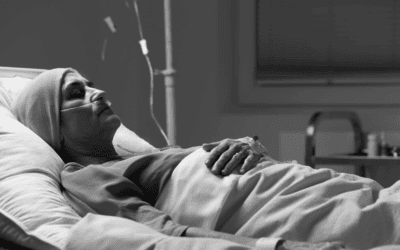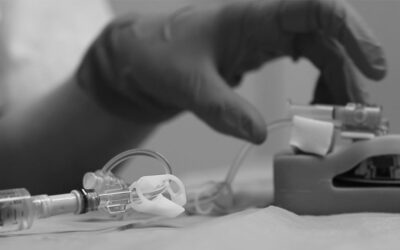Peripherally Inserted Central Catheters (PICCs) are essential in modern medical practice, providing reliable venous access for patients requiring long-term intravenous therapy. Below, we highlight an overview of our latest PICC Care and Maintenance Guide.
What is a PICC?
A PICC is a central venous catheter inserted via a peripheral vein in the mid-upper arm, typically using the basilic or brachial vein. The catheter tip terminates in the lower superior vena cava (SVC) or the upper right atrium. Proper placement and confirmation of the catheter tip are crucial for effective use.
Indicators of a Well-Functioning PICC
- Absence of inflammation, redness, swelling, or pain at the insertion site.
- No resistance during flushing or infusion.
- Ability to flush and aspirate with ease.
- All treatments using a PICC should be painless.
Indications and Contraindications for PICC Use
Indications:
- Total parenteral nutrition (TPN)
- Infusates with extreme pH or osmolarity
- Administration of vesicant drugs
- Extended duration of intravenous therapy
- Frequent blood draws
- Patient preference
Contraindications:
- Difficulty identifying an adequate target vein
- Untreated coagulopathy
- Mastectomy and lymph node clearance on the intended side
- Arterio-venous fistula on the side of insertion
Potential PICC Complications
- Occlusions: Regular flushing with proper technique can prevent occlusions. Never attempt to unblock a PICC under pressure.
- Phlebitis: Monitor for irritation and redness using the Visual Infusion Phlebitis (VIP) scale.
- Extravasation/Infiltration: Report early signs and instruct patients to report any discomfort.
- Infection: Use the aseptic non-touch technique (ANTT) and regular assessment to prevent infections.
- Movement: Measure the PICC at each dressing change to ensure proper placement.
Using a PICC
A PICC is used for several purposes, including:
- Drug Administration
- Taking Blood Samples
- Blood Cultures
Care and Maintenance
Catheter Clearance:
Flushing of catheters is important for maintaining catheter patency.
- Flush catheters with 0.9% normal saline before and after each infusion.
- A turbulent flush should be used by using a ‘push / pause’, ‘stop / start’ technique.
- A positive pressure clamping sequence will help to prevents reflux of blood into the catheter tip, reducing the risk of catheter occlusion.
Maintaining a Closed System:
- Use a needle-free device to maintain a closed system and replace it weekly.
PICC Stabilisation:
- A securement device should be applied to stabilise the catheter before dressing it.
Dressing a PICC:
- Use transparent, semi-permeable dressings to allow visual inspection and protect the site.
- Dressings should be inspected at each shift change.
- Change dressings at least every seven days or sooner if needed.
Removing the PICC
- Remove the PICC as soon as it is no longer required.
- The procedure should be pain-free.
- Apply gentle pressure and a sterile dressing after removal.
- Document the procedure and check the catheter for completeness.
- Never pull the PICC if there is resistance!
Download the complete PICC Nursing Guide for a more detailed guide on PICC care and maintenance, including step-by-step instructions, additional tips, and step-by-step photos. By following these guidelines, healthcare professionals can ensure the effective use and maintenance of PICCs, leading to better patient outcomes and reduced complications.


